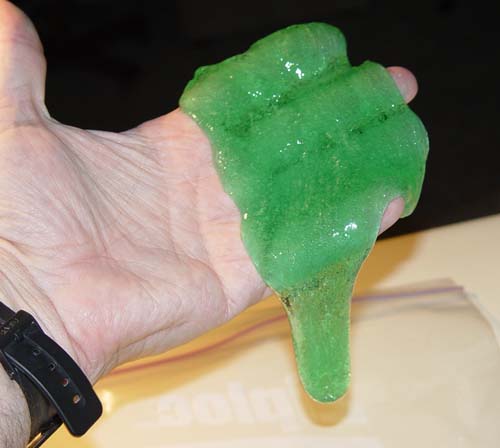
Complex, reflective and passionate, sign language interpreters consider themselves artists. Understanding the creative & humanitarian forces that create the goo at their center enriches the experience of knowing one.
If a sign language interpreter could reach inside and scoop out the goo that makes them who they are, a mixture of artistic judgment, emotional labor, and organic creativity would drip from their fingers. This genuine house blend is the very essence of who they are and why they’ve chosen to do what they do.
To those who work with, play or love a sign language interpreter, it is important that you not underestimate the power of the goo because, at times, it can rival Yoda’s “force!”
So, what are you in for if you find yourself connected to a sign language interpreter? Let’s examine the goo and find out!
Artistic Judgment
Always remember that a sign language interpreter sees themselves as a craftsperson, an artist. They spend hours—even years—honing their skills of observation in order to understand how to most effectively deliver their art. So, they are a quick read of people and are pros at identifying a person’s motivation. As a result of this artistic judgment, interpreters easily make connections with the people they come in contact with.
Emotional Labor
As artists with a keen sense of observation, sign language interpreters become expert at investing in people. They quickly and efficiently invest small increments of emotional labor (personal, professional, linguistic, and cultural mediating micro-decisions) with those they come in contact with. By doing this, they earn the social currency needed to make adjustments in work environments, achieve consensus among meeting participants, and to deliver experiences that are truly remarkable.
Organic Creativity
Sign language interpreters are among the naturally creative. After spending significant time with one, you’ll note they have a high general intelligence and uncanny ability to adapt to nearly every situation. This is possible because after working long hours in new environments, they follow with periods of reflection. These moments of creative exploration give interpreters insight into how to better deliver their art and make connections with people in the world. An interpreter’s inherent creativity is at the root of how and why they are able to comfortably operate in unfamiliar environments.
Goo Ignites Passion
This mixture at the center of an interpreter makes them determined and extremely passionate about their work. This passion and raw determination serves them well most of the time. Note, it can be a double edged sword. On the one hand, a sticktoitiveness sense of being is essential when honing their craft and is critically necessary to survive in their profession. On the other, it can lead them into advocacy roles that may put their reputation and relationships at risk. This due to a belief, and perhaps a naïve one, that the interests of humanity will, and should, prevail.
The Take Away
Sign language interpreters come in all shapes and sizes; most of them are passionate and extremely committed to their craft and the community they serve. Always remember, it is the goo that makes them compassionate, highly self-aware and work to possess a high level of intelligence. It is also this goo that drives a passion that can be misinterpreted or misunderstood.
All-in-all, to know a sign language interpreter is to know someone who cares deeply about humanity in its many forms.


